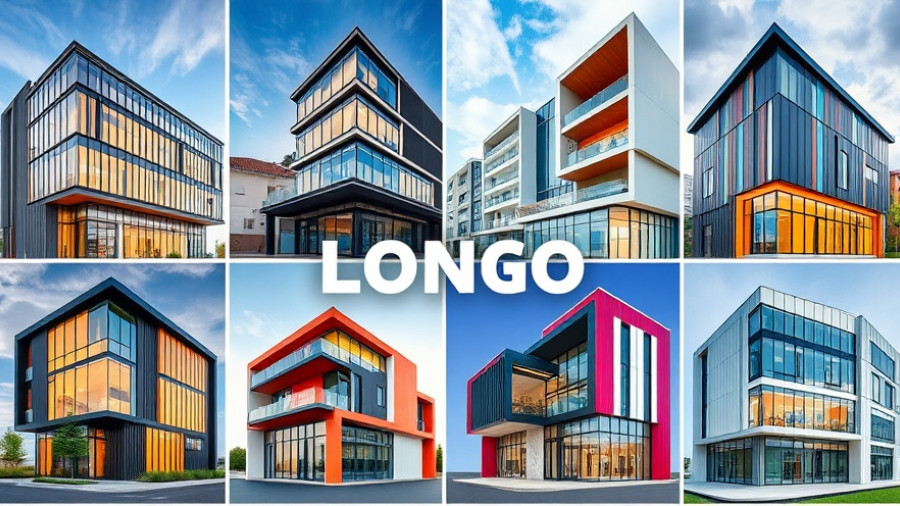
Creating a Foundation of Trust and Safety
In the oil and gas industry, the stakes are incredibly high when it comes to worker safety. Establishing a culture of safety isn’t just a regulatory requirement; it’s essential for the well-being of employees and the efficiency of operations. Studies show that when workers trust their environment and feel supported, they’re more likely to engage with safety protocols and practices actively.
Strategies for a Safety-Forward Culture
Emphasizing continuous education and training is critical for creating a robust safety culture. Companies need to invest in training programs that not only inform workers about regulations but also engage them actively in discussions and simulations. This hands-on approach not only prepares employees for real-life scenarios but also fosters a sense of ownership over their safety. Additionally, organizations can adopt a system of positive reinforcement, where safe behaviors are publicly acknowledged and rewarded.
The ROI of Safety-First Attitudes
Implementing a culture of safety can lead to significant returns on investment (ROI). According to research, companies committed to safety initiatives witness a drop in workplace incidents, which translates into lower costs associated with insurance claims and more efficient operations. Beyond the financial aspects, fostering a safe work environment enhances employee morale and productivity. Workers who feel safe are less stressed and more focused, leading to higher quality work and innovation.
Addressing Challenges and Misconceptions
Despite the clear benefits of safety culture, some organizations may face resistance or skepticism from employees. Common misconceptions, like equating safety measures with unnecessary restrictions, can hinder progress. It's vital for leadership to communicate effectively about the 'why' behind safety protocols and involve employees in safety discussions. Transparency builds trust and can convert skeptics into advocates for safety.
Future Trends in Workplace Safety
As the industry evolves, so will the strategies to enhance worker safety. The integration of technology—such as wearables, predictive analytics, and virtual reality training—will play a crucial role in shaping future safety efforts. Continuous monitoring of safety compliance through data analytics can provide real-time insights and preventative measures against potential risks.
Embracing these advancements while nurturing a culture of safety can make the oil and gas industry not just safer but also more resilient in face of challenges. Effective safety culture isn't merely about compliance; it's about genuinely caring for workers and their roles within the organization.
 Add Row
Add Row  Add
Add 




Write A Comment